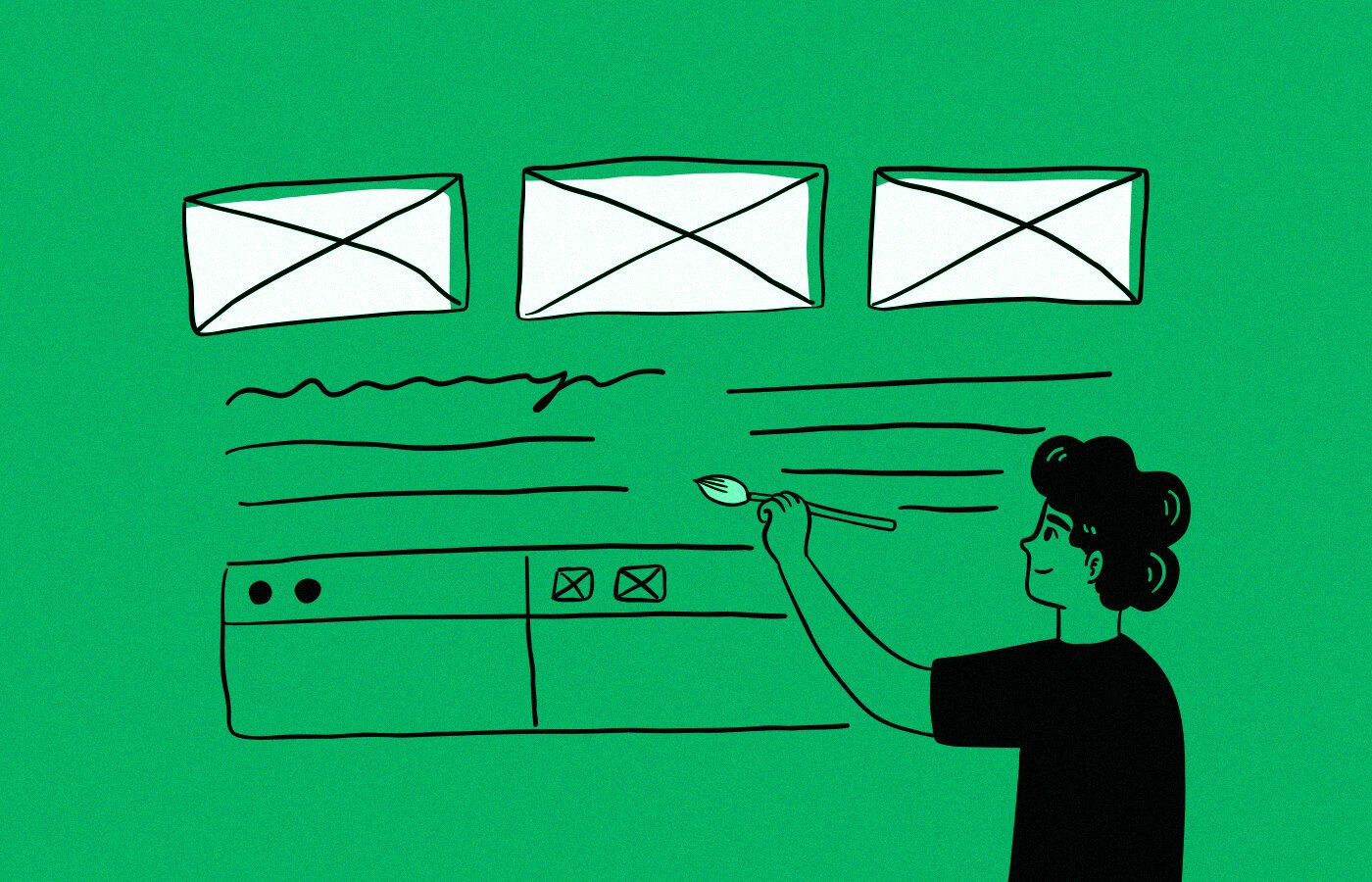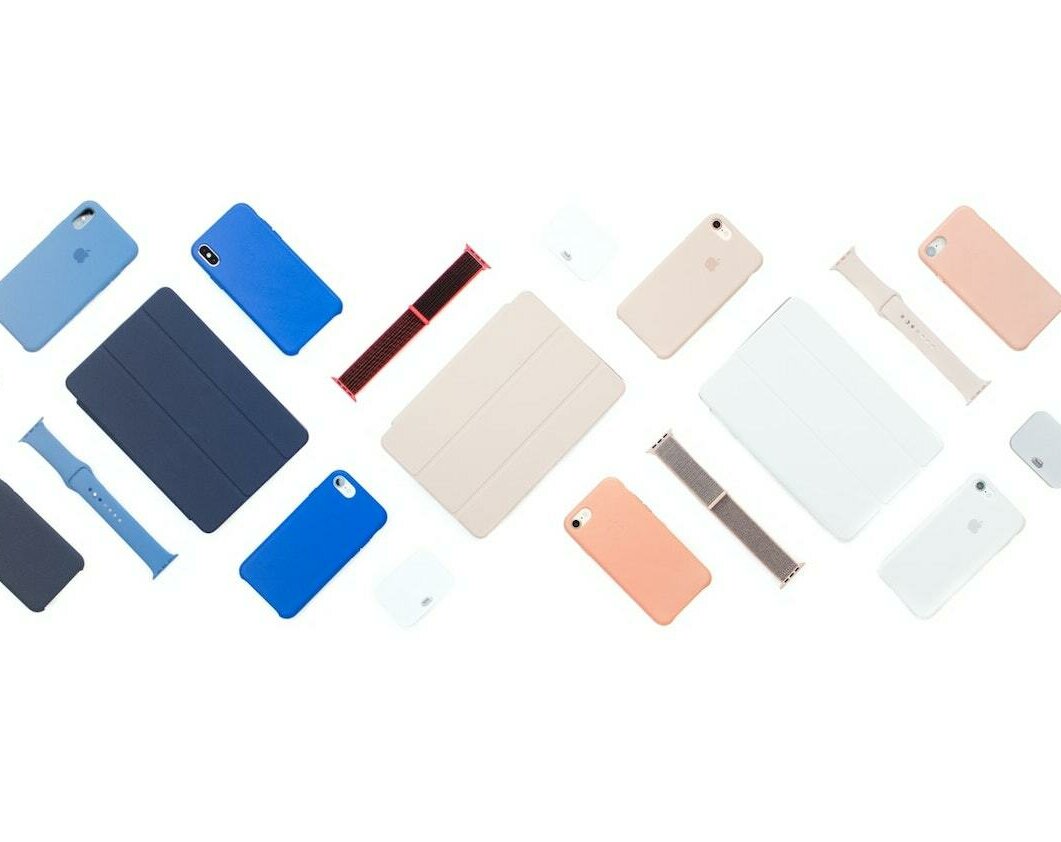blog
5 psychological principles that govern great UX Design
Design February 9, 2022

Psychology infuses every step of the UX design principles. A Mobile App Design may attract the eyes, but it takes an immersive design experience to attract attention. Many companies use design UI/UX psychology in mobile app strategies to hook their customers. It can be achieved through timeless psychological principles of the design laws.
Here are five widely used design principles that will assist you in creating designs that are compelling and alluring.
This article will act as a primer for everyone who wants a sneak peek of design psychology and help them understand the basics of UX design and digital transformation.
The five timeless and proven UX/UI design psychological principles are as follows.
1. Jakob's Law
Jakob Nielsen coined Jakob’s Law in the year 2000. He is a user advocate and the co-founder of the Nielsen Norman group. He made significant contributions to the psychology of design.
Jakob’s law states,
Users spend most of their time on other sites, and they prefer your site to work the same way as all the other sites they already know.
How does it work?
Jakob’s law suggests that multiple designs and elements on an interface drain a lot of mental energy. Users who spend less mental activity learning the platform quickly hit their learning goals. An interface should have common patterns that are habitual and familiar on most websites and applications to accomplish this. Jakob’s law can be implemented while designing page structure, navigation, workflows and other elements.
E-commerce sites such as Shopee, Amazon follow a similar UX design pattern.
(Images source from Google)
2. Hick's Law
Hick’s Law was devised by psychologists William Edmund Hick and Ray Hyman in 1952. They came up with this law after analysing the relationship between the number of stimuli present and the time taken by an individual to react to any given stimulus. Hick’s design laws helped mobile companies to keep their design principles clean, clear and concise.
Hick’s Law states,
The time it takes to decide increases with the number and complexity of choices available.
How does it work?
When you go to a fast-food corner, you instantly order food as you have fewer choices to make. But when you visit a restaurant, you take time to decide what to order as the restaurant offers you ample choices. It proves that when you are bombarded with a long list of choices. At the same time, when you are offered fewer choices, your selection process becomes quite easy and feasible.
Hick’s law helps us minimise our choices, break complex tasks into small steps to reduce the cognitive load and make simple and subtle decisions.
Hick’s Law can apply to Dropdown menus, control panels, Contact pages, Application forms and checkboxes.
(Image source from Google)
3. Visual Perception via Gestalt Theory
Visual perception helps us to perceive our surroundings through the light that enters our eyes. Gestalt psychology works in the same by helping us read between the lines. Max Wertheimer, Kurt Koffka and Wolfgang Kohler formulated the gestalt theory in the early 20th century.
The Gestalt Theory states,
The whole of anything is greater than its parts.
How does it work?
The Gestalt Theory further elaborates its gestalt elements as:
- Law of Symmetry: Human mind perceives the symmetrical elements as a unified group.
- Law of Proximity: We perceive the objects as a group or a single unit placed in close proximity.
- Law of Similarity: Similar objects nearby are again considered a single unit.
- Figure and ground: We can switch ourselves from one image to another by identifying the figure from its background.
- Law of Closure: Our brain automatically fills the gap between an incomplete image and perceives it as a whole.
- Law of Continuity: Our eyes find it easy to flow with points connected through straight or curved lines.
(Image source from Google
4. Von Restorff effect (Isolation Effect)
German psychiatrist and pediatrician, Hedwig von Restorff devised the Von Restorff Effect in 1933.
The Von Restorff effect states that,
When multiple similar objects are present, the one that differs from the rest is most likely to be remembered.
How does it work?
Designers frequently use this law to stand out from the crowd. As the law says, a different entity placed in a similar group is always remembered. Netflix is a great example of this. The welcome page of the Netflix website has only three clickable icons (The sign-in button, The Search Bar and the Get Started Button). These elements reflect the brand value of Netflix. If you desire your users should remember your product for a while, then make it apart! This law is used most in UI design, especially to design interactable components such as text links and buttons.
(Image source from Google)
5. Psychology of Colours
The psychology of colours dates back thousands of years; Egyptians were the first to use them. In 1660, Sir Isaac Newton discovered how the colour spectrum is organised. Further, Carl Jung advanced colour psychology to help people overcome trauma.
How does it work?
Colour represents six basic principles:
- They carry a particular meaning.
- It is based on a natural learning or biological meaning.
- They carry perception and evaluation behind every shade.
- They motivate us to take action and analyse certain behaviour.
- They automatically exert their influence.
- They also define the underlying context of a specific shade.
Here is the colour psychology and its meaning of some of the most used colours:
- Red - (Represents danger, warning, bravery and passion)
- Orange - (Represents energy, focus, stimulation, joy, warmth and creativity)
- Yellow - (Represents optimism, enlightenment, creativity and happiness)
- Green - (Represents growth, good luck, fortune, renewal and greenery)
- Blue - (Represents calmness, productivity, serenity, stability and wisdom)
- Indigo - (Represents devotion, justice, impartiality and fairness)
- Violet - (Represents magic, ambition, royalty, nobility and luxury)
(Image source from Google)
To Conclude
The holy grail of UX design principles lies in cognitive and behavioural psychology. It is also a blueprint of human-machine interaction. Machines can get more advanced, but the user will always operate them with human psychology. For this, the psychology of design becomes an eternal element to learn, adapt and transform design experiences from time to time.
The human mind will evolve according to the changing perceptions, and so will the UX design laws. It is better to innovate the good from the great rather than pressuring the mind to find something out of the box.

